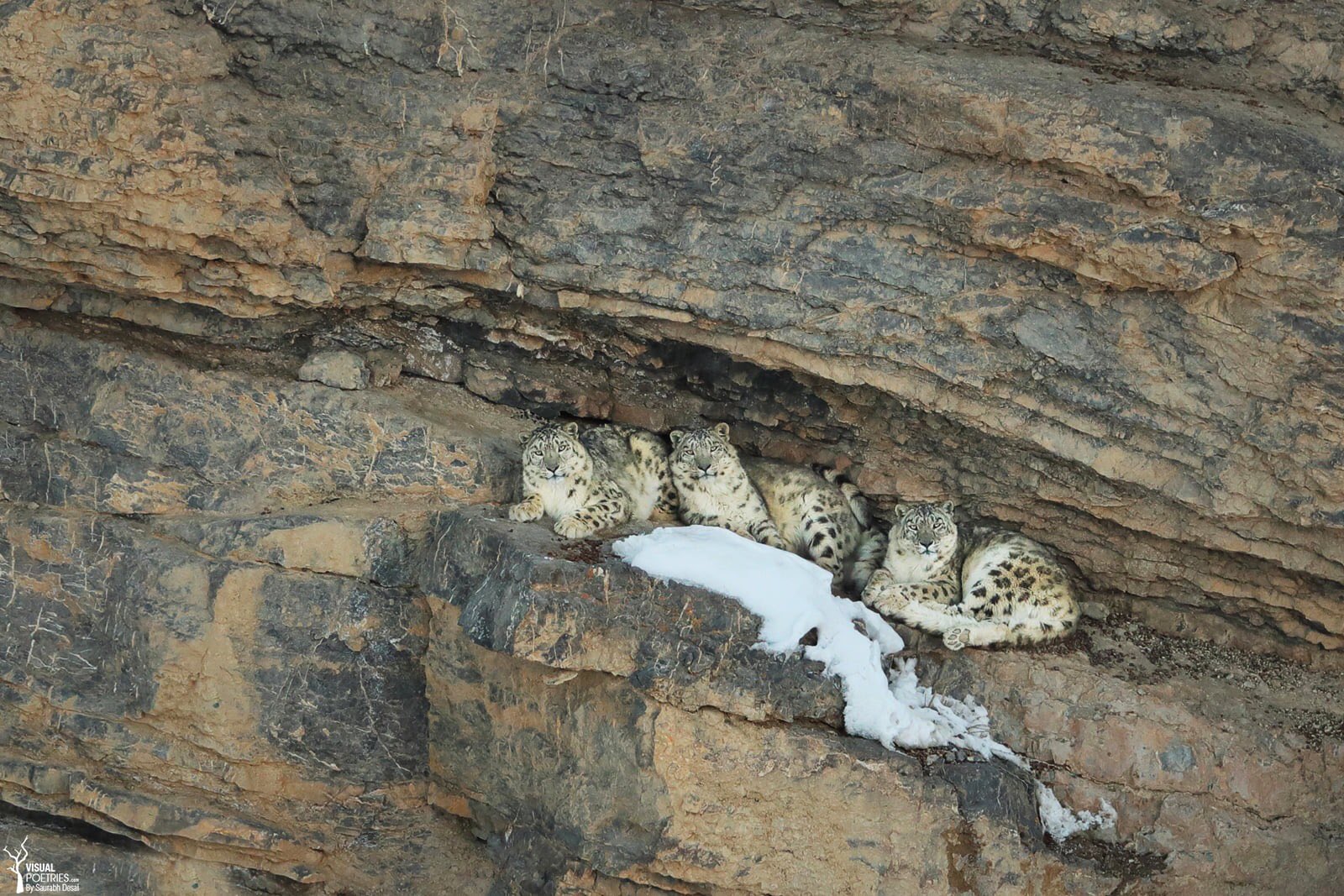The puma a.k.a. mountain lion and cougar, together with the snow leopard are the two mammalian predators living at the highest elevations above sea level, on the planet. They are, therefore, listed in the Guinness World Records. They state that the snow leopard’s distribution covers 12 countries (their historic range covered 2.5 million square kilometers). They also state that both the puma and the snow leopard have been recorded living at up to 5,800 m above sea level (19,029 feet). I would like to expand on this information a little.
Puma

The Puma lives in a wide variety of habitats including tropical rainforests. But they are also seen in high mountains from sea level up to elevations of 5,800 m in southern Peru. The puma is highly adaptable to a wide range of environments including dense vegetation and the sparser conditions at higher elevations.
There are three sources of information for the record of mountain lions living at 5,800 m above sea level in southern Peru and these are: JC Seidensticker in Great cats (1991), AE Anderson in A critical review of literature on puma (1983) and KH Radford and JF Eisenberg in Mammals of the Neotropics (1992).
The scientific name of the puma is: Puma concolor (Linnaeus, 1771).
RELATED: Do pumas eat penguins?
Snow leopard

RELATED: Cats that live in the snow
It probably doesn’t surprise readers that the snow leopard sometimes lives at elevations of 5,800 m above sea level. Once again, I will refer to the reference book Wildcats of the World by Mel and Fiona Sunquist. I would like to quote them at page 380: “During the summer snow leopards range from elevations of about 2,743 m to the snowline at 5,488 to 6097 m (20,0003 feet). Mountain climbers have seen snow leopard tracks at over 5,792 m”. The Guinness World Records states that they can be seen at 5,800 m as mentioned above. As you can see, they been recorded as being at a slightly higher elevation than that.
It should also be stated that they are also found at lower elevations and in some regions they live at 600-1,500 m. In some parts of their distribution deep winter snow forces their prey animals, wild ungulates, to find food and shelter at lower elevations. For this reason, the snow leopard in following its prey lives at elevations of 1,290 m above sea level or lower.
The snow leopard is famous for its long tail, the longest of all the felids. They need it for balance because they are often operating on 40° slopes. Radio-coloured snow leopards in the Langu Gorge, Nepal, liked to rest on cliffs and spent a lot of their time on mountains with these precarious, rocky slopes and broken terrain.
RELATED: Why do snow leopards have such long tails?
The scientific name of the snow leopard is: Panthera uncia (IUCN Red List) or Uncia uncia (Sunquists – presumed to be out of date). Naming depends on taxonomy which has evolved.
Below – please scroll down – are some more pages on the snow leopard:

